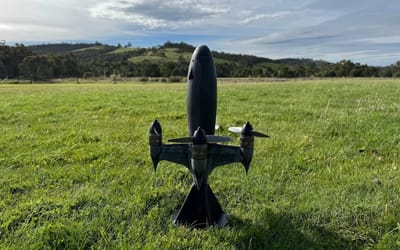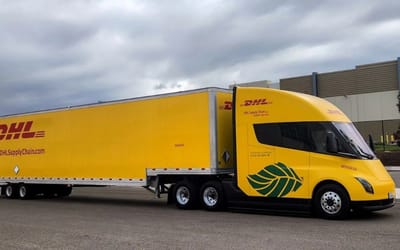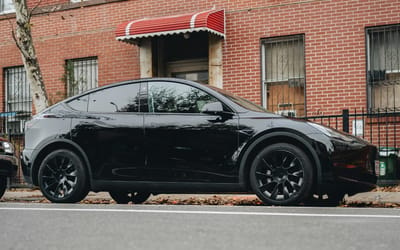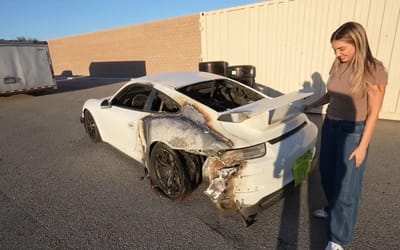Tesla's Full Self-Driving takes China's toughest test yet and outperforms all its rivals
Published on Jul 29, 2025 at 7:49 AM (UTC+4)
by Jason Fan
Last updated on Jul 29, 2025 at 11:51 AM (UTC+4)
Edited by
Kate Bain
Tesla’s Full Self-Driving (FSD) system has always been controversial, mostly because the name promises more than the system can currently deliver.
Critics argue that branding a Level 2 driver-assistance system as ‘Full Self-Driving’ has misled consumers and regulators alike.
But despite the baggage around the name, Tesla’s tech appears to be maturing.
A recent real-world highway test in China has put that to the test, with Tesla blowing its competitors out of the water.
VISIT SBX CARS – View live supercar auctions powered by Supercar Blondie
Different cars face chaotic challenges
The test was a collaborative trial organized by Dcar, an automotive media platform owned by TikTok’s parent company ByteDance, and China’s state broadcaster CCTV.
A total of 36 different vehicles were put through a gauntlet of advanced driver-assistance system (ADAS) challenges.
These weren’t your average lane-keeping or light braking exercises.
The tests simulated chaotic and real-life scenarios: surprise vehicle cut-ins, blacked-out construction zones with stopped trucks, aggressive merges, and even a fake wild boar charging across the highway.
It was a no-holds-barred environment designed to stress-test each car’s ADAS in ways most drivers hope never to experience.
Tesla’s vision-based system, which is found in both the Model X and Model 3, outperformed lidar-equipped rivals like BYD, Huawei, Xpeng, and Xiaomi.
The Model 3 passed five out of six tests, only missing the wild boar challenge.
Meanwhile, the Model X was one of the only cars that managed to slow down to avoid hitting the wild boar.
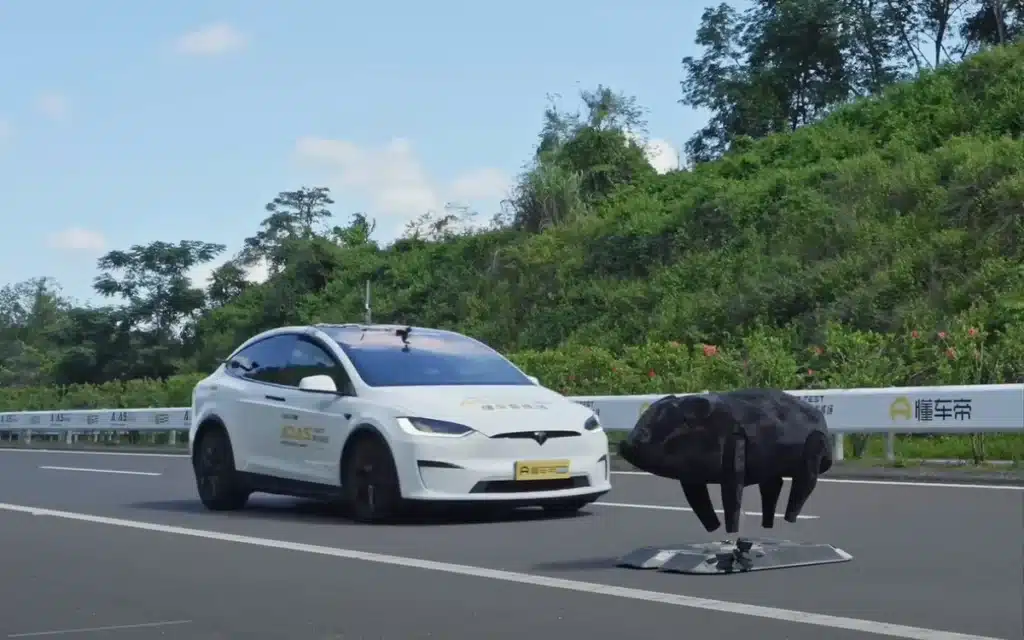
It also passed five out of six tests, struggling only in the construction zone scenario.
Meanwhile, most Chinese competitors managed to clear only three of the six trials.
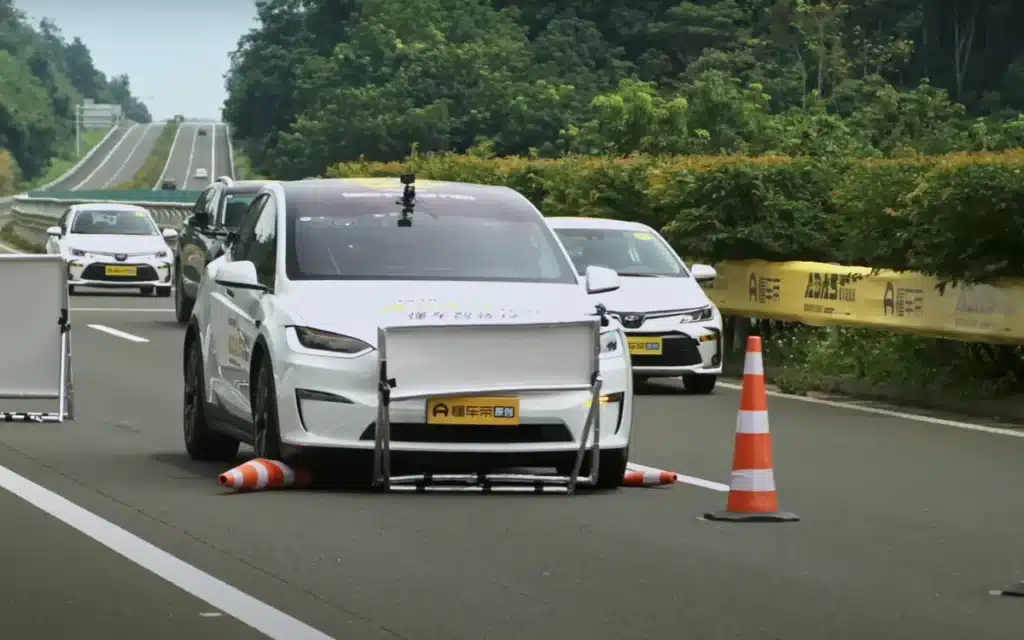
In fact, the Xiaomi SU7 only passed one out of six tests, which is surprising considering the SU7 Ultra prototype recently made headlines for obliterating its own Nürburgring record.
But what’s perhaps the most impressive thing about Tesla’s victory is this: the company had no access to local Chinese driving data, due to data export laws.
CEO Elon Musk credited the company’s in-house simulation tools and test tracks for the impressive results.
Full Self-Driving is still not fully autonomous
Still, a key distinction remains: this was a test of Level 2 ADAS, not full autonomy.
Human drivers kept their hands on the wheel, and there were no scenarios involving bad weather or extreme road conditions, where lidar could prove more useful.
Regulators continue to classify Tesla’s FSD as a supervised system, meaning drivers must remain fully engaged.
The results are nonetheless a win for Tesla, especially as it continues expanding its Robotaxi pilot in Austin and prepares for a possible California launch.
When Tesla’s FSD is truly ready to offer unsupervised autonomy remains uncertain, but it’s clear the tech is evolving fast.
DISCOVER SBX CARS: The global premium car auction platform powered by Supercar Blondie
Jason Fan is an experienced content creator who graduated from Nanyang Technological University in Singapore with a degree in communications. He then relocated to Australia during a millennial mid-life crisis. A fan of luxury travel and high-performance machines, he politely thanks chatbots just in case the AI apocalypse ever arrives. Jason covers a wide variety of topics, with a special focus on technology, planes and luxury.
